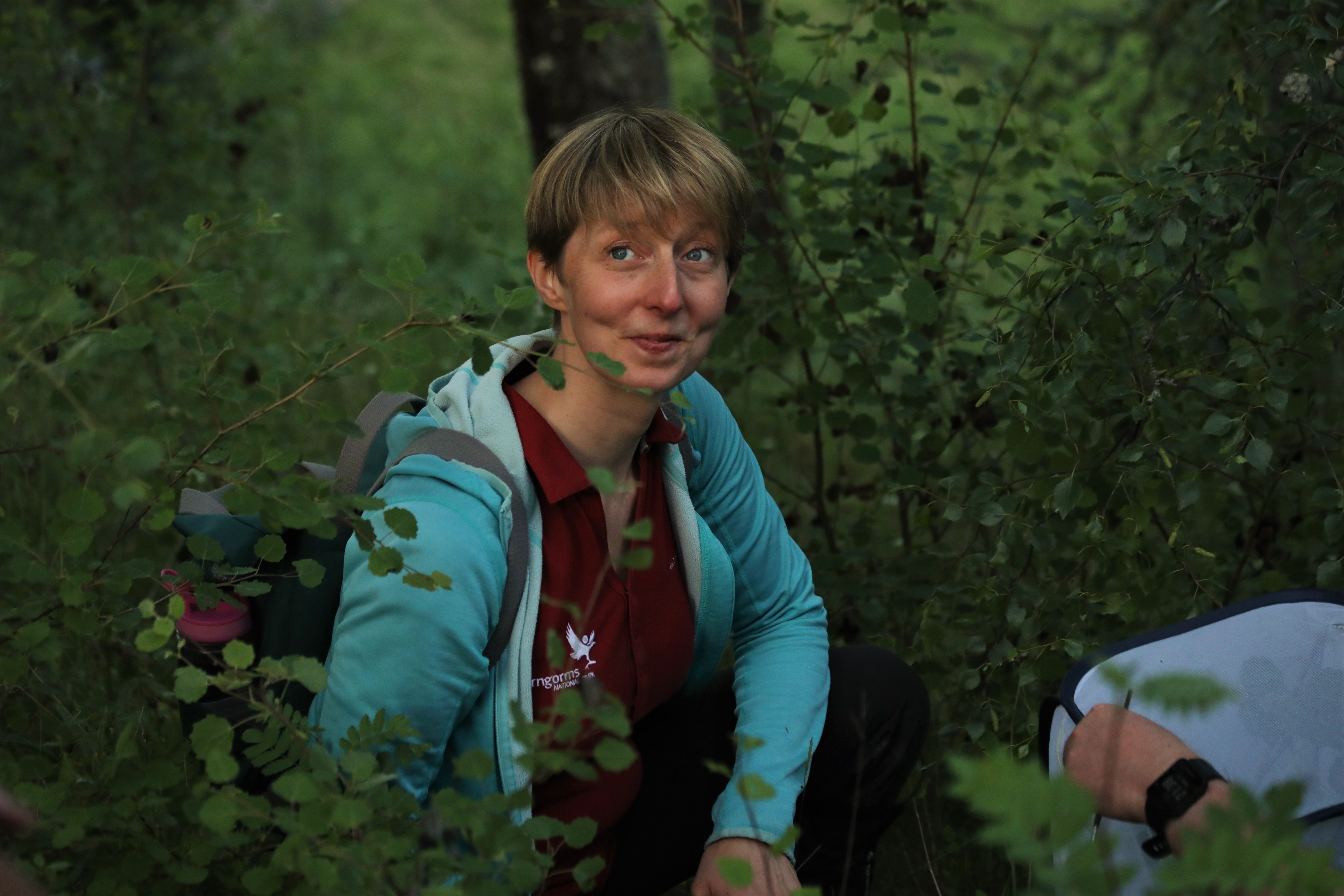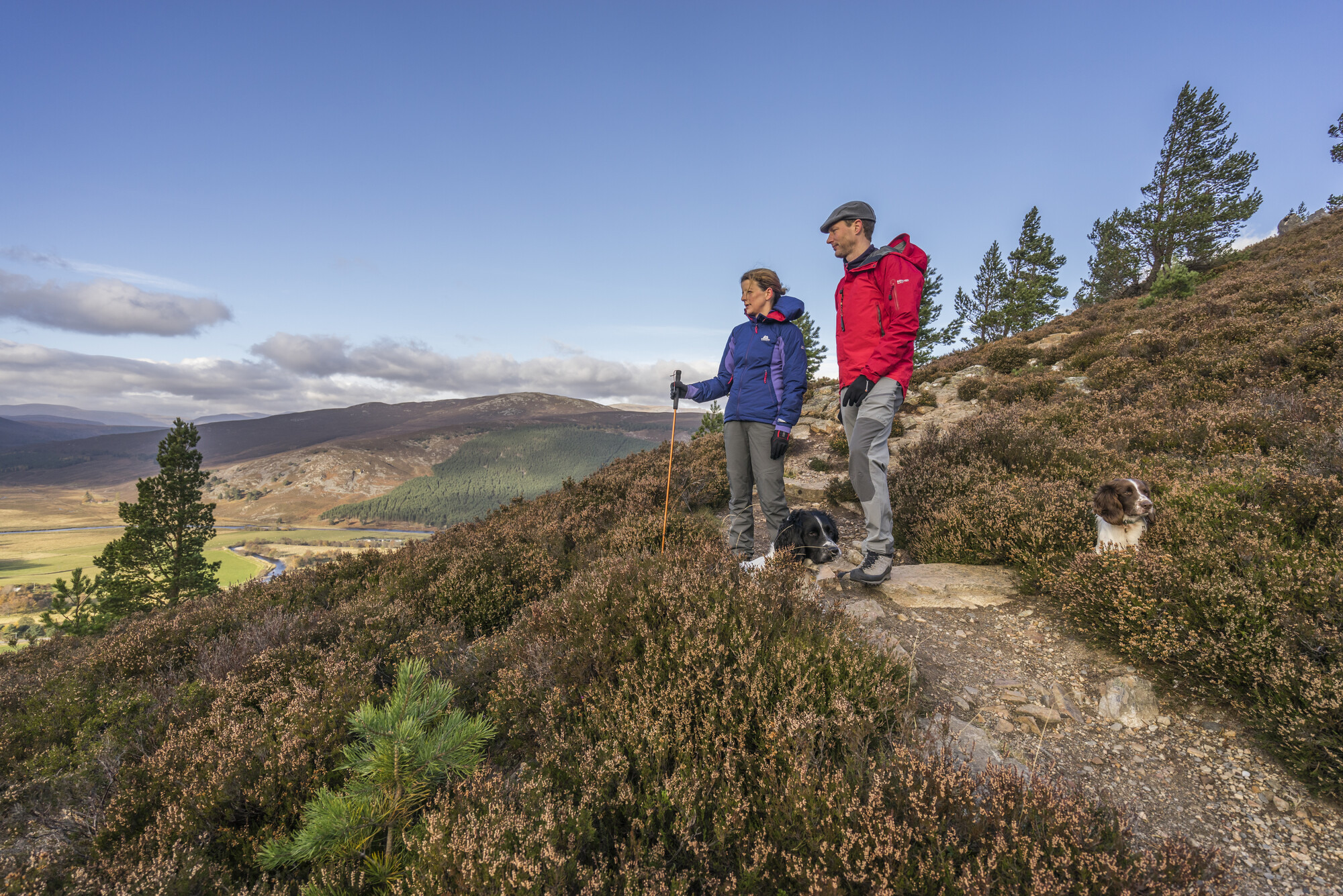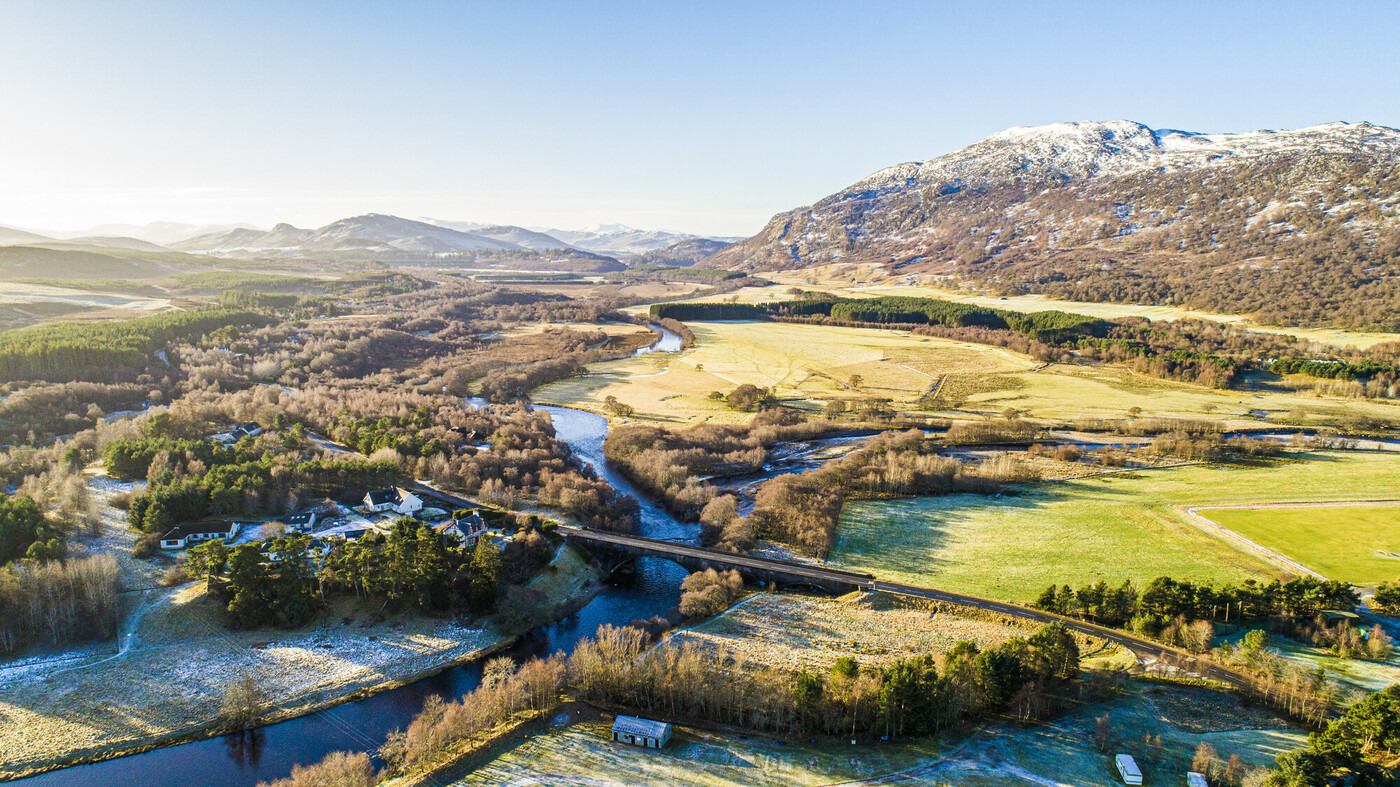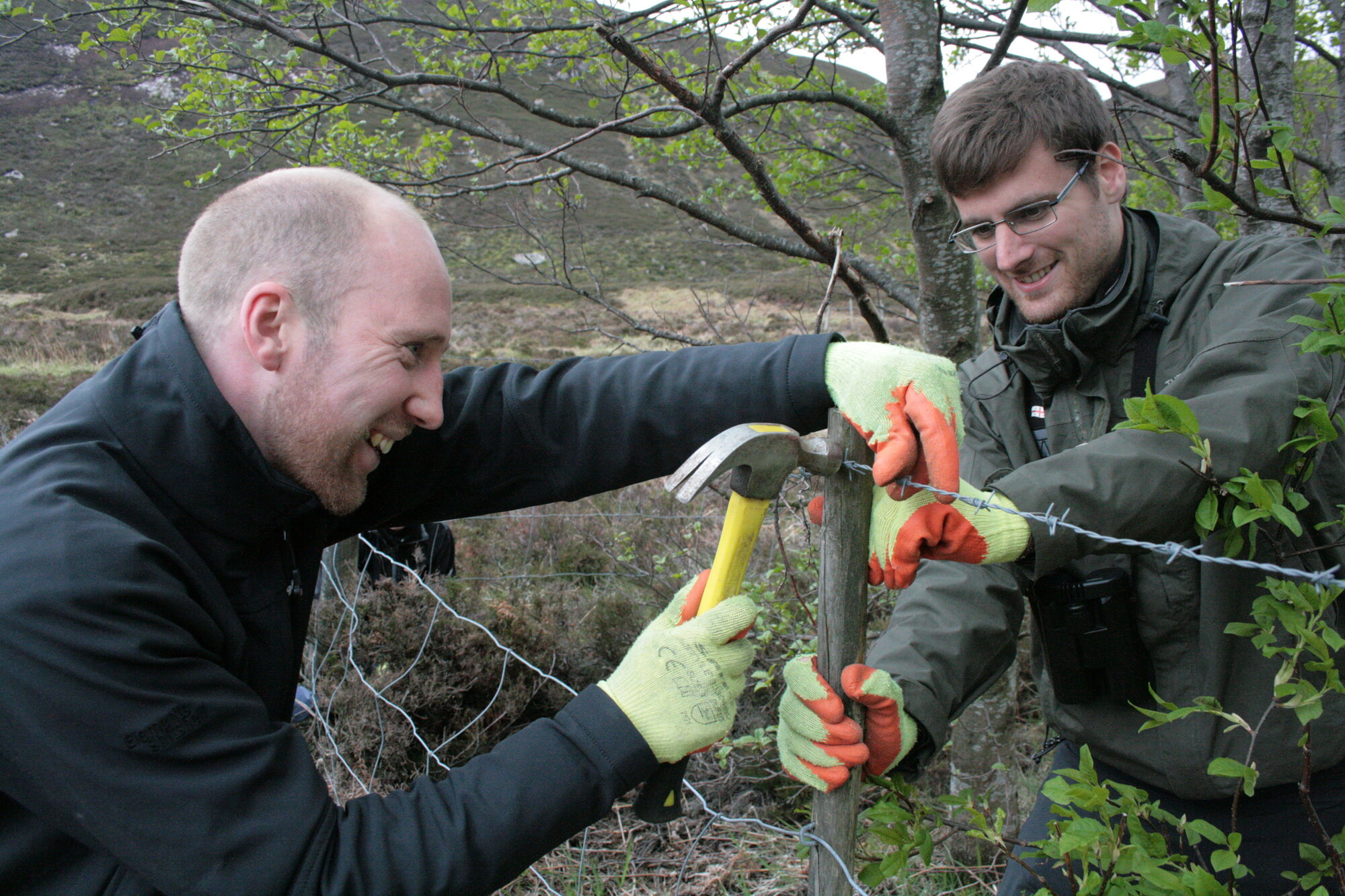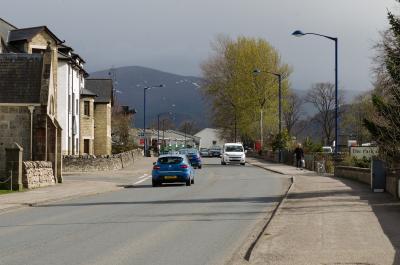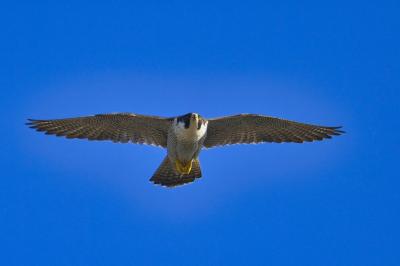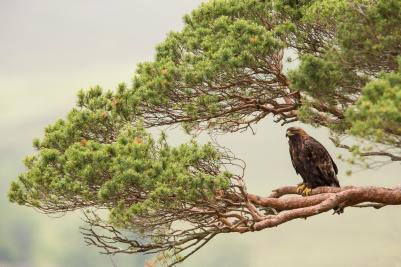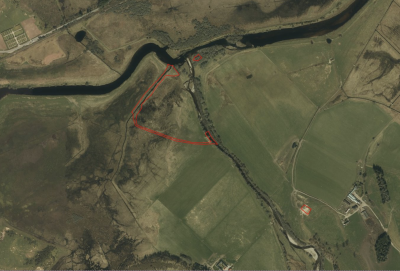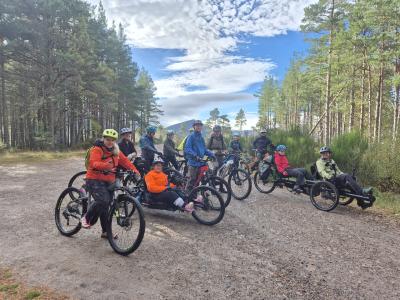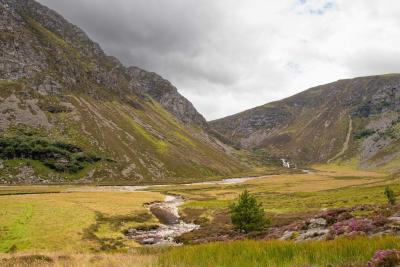What’s the point of wasps? You might be surprised
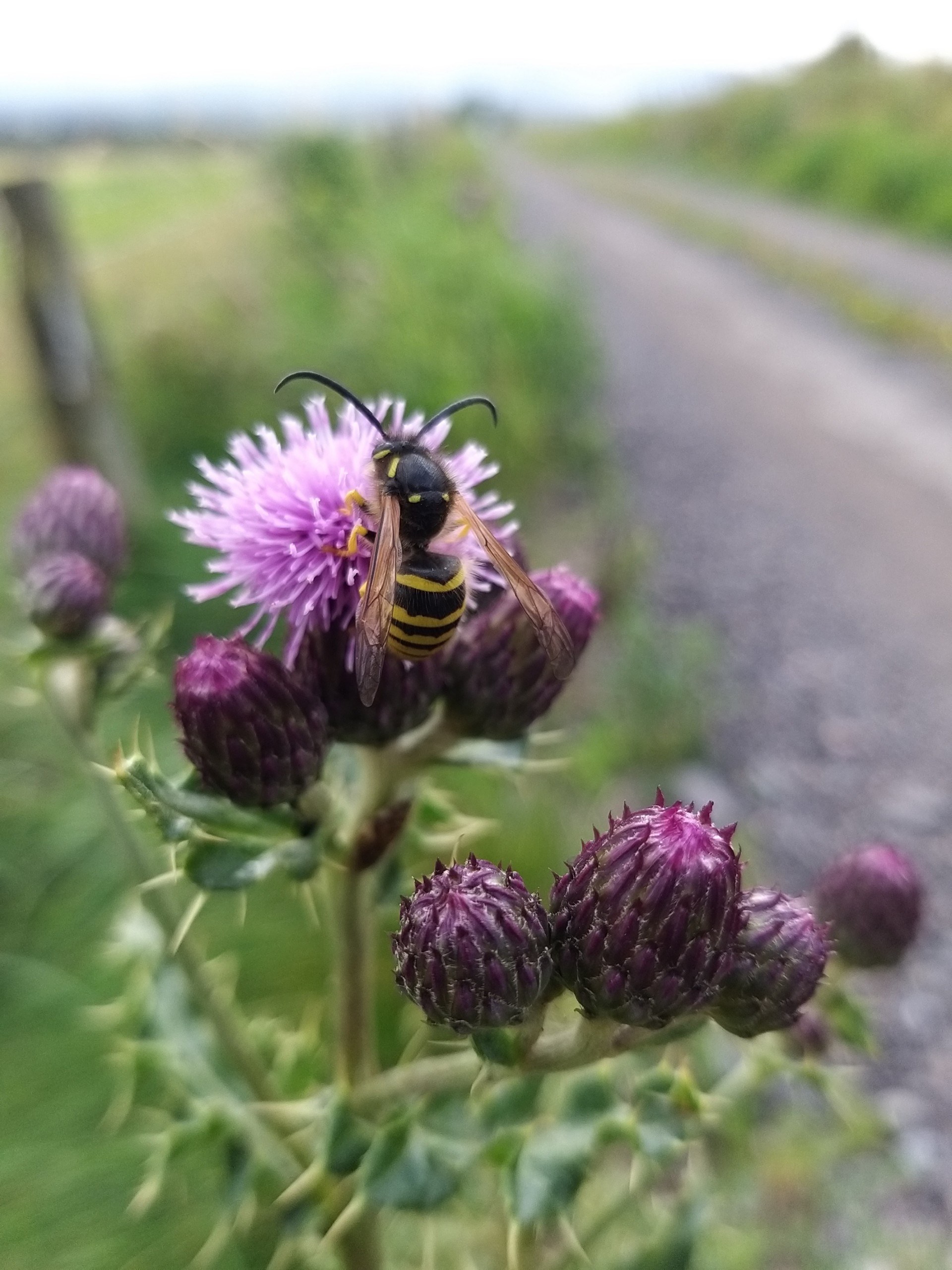
John Muir famously said, “when we try to pick out anything by itself, we find it hitched to everything else in the universe”. This quote beautifully highlights how complex and interconnected the natural world is. Everything has a role and a purpose, even if they do sting us from time to time!
Wasps are significant predators in the ecosystem, being carnivorous as adults and having carnivorous larval stages. They are essential to maintaining the balance of insect populations, including those that are considered crop pests. A large proportion are parasitic and are specialised to parasitise a single species. Although not as effective as bees, they also play a role in plant pollination, as adult wasps often require nectar and routinely visit flowers.
Wasps are a huge group of insects, closely related to bees and ants. There are approximately 9,000 species of wasp in the UK and some of these are so tiny they are barely visible without a microscope. The majority of wasps are solitary and are largely unnoticed.
The wasps most people are familiar with are the “yellow-jackets”, the typical yellow and black wasps that are associated with interrupting picnics and BBQ’s as they scour around for food. These are social wasps and are the group of wasps that make the round, papery nests that can be found in garden sheds and attics. There are only nine species in the UK, so they are a tiny proportion of the wasp fauna. They live in a colony, similar to a honeybee, with a dominant queen (the sole reproductive individual) and workers (all female) forage and taking care of the nest. The workers scrape the surface of timber and mix wood fibres with saliva to make a paper-like pulp that is used to carefully construct their nest or “byke”. Sugar fuels the colony and wasps get this by visiting flowers for nectar – and is why they are attracted to picnics and beer gardens.
When the nest contains brood (larvae) the workers hunt for protein – and they are formidable hunters. If you are a gardener – they will be predating caterpillars and aphids which might otherwise harm your plants.
Yellow-jackets are inquisitive creatures because they are on a constant hunt for food – and are also defending their precious nest from potential predators. Our lofts, sheds and garages offer them a warm, dry location for nest building. If given space, they are not usually an issue and its only if a nest is obstructing access that they can become a problem. They only sting if you have disturbed their nest or have swatted or squashed a worker. Some people can experience an allergic reaction from their stings and rightly need to take extra care.
We can live alongside these insects by giving them the respect, space and admiration they deserve. At your next summer BBQ, just ignore them, and most importantly, don’t wave your arms or scream as this frightens them and makes them more aggressive. You can put out a shallow dish of jam, perhaps a small piece of chicken or ham as an “offering”; I find once they have easy access to what they want, they won’t bother you. This way you can also watch them up close and appreciate how beautiful they are.
The Highland Biological Recording Group are currently writing an atlas of social wasps for Highland and are mapping the spread north of species such as the Saxon wasp – only known in the region since 2013. You can contribute by sending dead wasps you find in Badenoch and Strathspey (or anywhere in Highland) to the project - more information on social wasps and the Highland Wasp Atlas can be found on their website.
